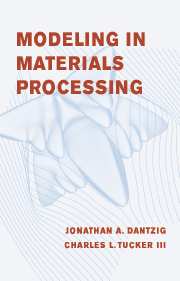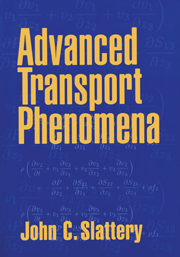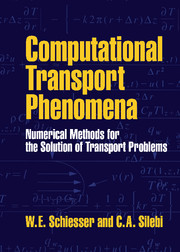Modeling in Materials Processing
Mathematical modeling and computer simulation are useful tools for improving materials processing. While courses in materials processing have covered modeling, they have traditionally been devoted to one particular class of materials, that is, polymers, metals, or ceramics. This text offers a different approach, presenting an integrated treatment of metallic and non-metallic materials. The authors show that a common base of knowledge - specifically, the fundamentals of heat transfer and fluid mechanics - provides a unifying theme for these seemingly disparate areas. Emphasis is placed on understanding basic physical phenomena and knowing how to include them in a model. The book also treats selected numerical methods, showing the relationship between the physical system, analytical solution, and the numerical scheme. A wealth of practical, realistic examples are provided, as well as homework exercises. Students, and practising engineers who must deal with a wide variety of materials and processing problems, will benefit from the unified treatment presented in this book.
- Offers a unified treatment of all materials - polymers, metals, ceramics
- Includes numerous practical, realistic examples and homework problems
- Authors are highly regarded in the materials engineering community
Reviews & endorsements
'The book is highly recommended.' Zeitschrift fuer Angewandte Mathematik und Mechanik
Product details
November 2001Paperback
9780521779234
378 pages
254 × 179 × 22 mm
0.675kg
113 b/w illus. 17 tables
Available
Table of Contents
- 1. Introduction
- 2. Governing equations
- 3. Scaling and model simplification
- 4. Heat conduction and materials processing
- 5. Isothermal Newtonian fluid flow
- 6. Non-Newtonian fluid flow
- 7. Heat transfer with fluid flow
- 8. Mass transfer and solidification microstructures
- Appendix A. Mathematical background
- Appendix B. Balance and kinematic equations.






